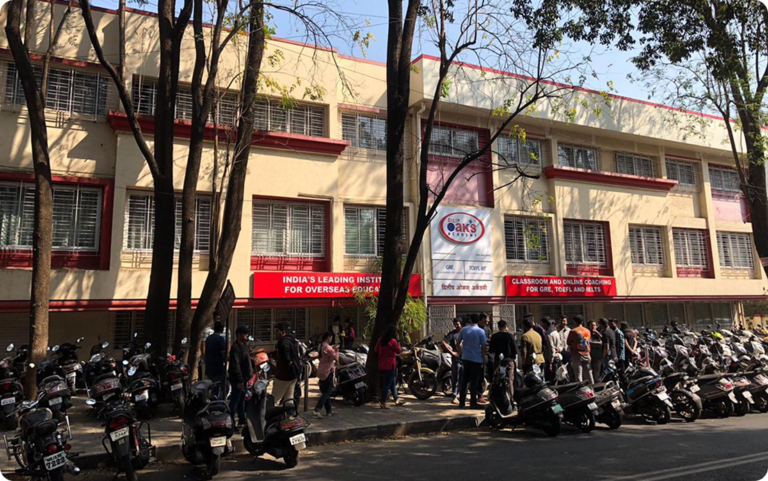Can eyelid surgery fix uneven eyelids? This is a common question for those who notice one eyelid sitting higher, drooping, or having a slightly different shape than the other. Uneven eyelids can make the eyes appear asymmetrical, which can affect both appearance and, in some cases, vision. Whether caused by genetics, aging, injury, or certain medical conditions, uneven eyelids can be corrected through a surgical procedure known as blepharoplasty or, in some cases, ptosis surgery. These treatments are designed to restore balance, improve eye symmetry, and create a refreshed look. Understanding how the procedure works, what results to expect, and the preparation involved can help you make an informed decision about your options.
What is the treatment and how it works?
Eyelid Surgery In Dubai(جراحة الجفن في دبي) for uneven eyelids involves reshaping or adjusting the eyelid tissue, muscles, and skin to create a symmetrical appearance. The specific approach depends on whether the issue is with the upper eyelid, lower eyelid, or both. In upper eyelid cases, ptosis repair might be required to lift a drooping lid, while for the lower eyelids, skin tightening or fat repositioning can help achieve balance.
During the procedure, excess skin or fat may be removed, and the underlying muscles adjusted. In ptosis surgery, the muscle responsible for lifting the eyelid is tightened or reattached to raise the lid to match the other eye. The entire process is typically performed under local anesthesia with sedation or general anesthesia, depending on the complexity. The main goal is to achieve natural-looking symmetry without over-correcting, ensuring both eyes remain expressive and functional.
Importance of treatment:
Uneven eyelids may not always cause medical problems, but for many, the condition affects self-confidence and how they are perceived. In some cases, significant eyelid asymmetry can impact peripheral vision or cause eye strain, especially when one eyelid droops into the line of sight.
Key reasons why individuals consider eyelid surgery for asymmetry include:
-
Restoring facial harmony by balancing eyelid height and shape
-
Improving vision when drooping eyelids obstruct sight
-
Reducing signs of tiredness or aging caused by sagging skin
-
Addressing discomfort caused by eyelids not closing properly
By correcting uneven eyelids, individuals often experience both functional and aesthetic improvements, leading to enhanced overall quality of life.
Types of treatment:
There are different types of eyelid surgery for uneven eyelids, and the right one depends on the cause and severity of the asymmetry.
-
Upper blepharoplasty – Removes excess skin, fat, and muscle from the upper eyelid to improve symmetry.
-
Lower blepharoplasty – Targets puffiness or sagging under the eyes, helping create a more balanced appearance.
-
Ptosis surgery – Specifically addresses drooping caused by weakened eyelid muscles, lifting the eyelid to match the other side.
-
Fat repositioning or grafting – Redistributes or adds volume to correct hollowness or uneven contours.
-
Combination procedures – In some cases, both upper and lower eyelid surgeries or additional brow lifting may be performed for optimal results.
Selecting the right type of procedure is essential for achieving a natural look, so thorough evaluation and planning are crucial.
Preparation and aftercare:
Preparation for uneven eyelid surgery involves a few important steps to ensure safety and best results:
-
Discuss your medical history and any existing eye conditions
-
Avoid blood-thinning medications and certain supplements before surgery
-
Stop smoking to promote faster healing
-
Arrange for someone to assist you after the procedure
Aftercare is equally important for recovery and results:
-
Keep the surgical area clean and follow all post-operative instructions
-
Use prescribed eye ointments or drops to prevent dryness
-
Apply cold compresses to reduce swelling and bruising
-
Sleep with your head elevated for the first few days
-
Avoid strenuous activities until cleared by your surgeon
Most people can return to light daily activities within a week, but full healing may take a few weeks as swelling gradually subsides.
Ideal candidate:
The best candidates for eyelid surgery to fix uneven eyelids are those who:
-
Have visible eyelid asymmetry affecting appearance or vision
-
Are in good general health with no uncontrolled medical conditions
-
Have realistic expectations about the results
-
Understand the recovery process and potential risks
-
Are non-smokers or willing to quit before and after surgery
Age is not a strict limitation, but younger patients with congenital asymmetry and older patients with age-related changes can both benefit from the procedure.
How to choose the right clinic?
Choosing the right place for eyelid surgery for asymmetry is essential for achieving safe, natural, and long-lasting results. Consider the following factors:
-
The surgeon’s experience and specialization in eyelid procedures
-
Before-and-after photos of previous patients
-
Use of modern techniques and technology
-
Patient reviews and testimonials for credibility
-
A thorough consultation that addresses your concerns and goals
Selecting a skilled professional ensures your results look balanced and natural, avoiding overcorrection or undercorrection.
Risks:
While eyelid surgery for uneven eyelids is generally safe, like any surgical procedure, it carries potential risks. These may include:
-
Temporary swelling, bruising, or discomfort
-
Dry eyes or excessive tearing
-
Infection or delayed healing
-
Scarring (usually minimal and well-hidden)
-
Slight residual asymmetry or overcorrection
-
Changes in eyelid movement
Most risks can be minimized by following all pre- and post-surgery instructions carefully and choosing a qualified professional.
Benefits:
The benefits of Eyelid Surgery(جراحة الجفن) for asymmetry go beyond cosmetic improvements. Many patients experience:
-
Improved eyelid symmetry and facial balance
-
Enhanced self-confidence and appearance
-
Clearer vision when drooping eyelids obstruct sight
-
Younger, more alert-looking eyes
-
Long-lasting results when combined with healthy lifestyle habits
The transformation can be subtle yet significant, making the eyes look more harmonious and expressive.
FAQs:
Can eyelid surgery fix uneven eyelids permanently?
Yes, in most cases, the results are long-lasting, although natural aging may still affect the eyelids over time.
Is recovery from eyelid surgery painful?
Discomfort is usually mild and manageable with prescribed medication.
Will there be visible scars after eyelid surgery?
Scars are typically hidden within the natural eyelid crease and fade over time.
How soon can I wear makeup after eyelid surgery?
Usually after 2–3 weeks, once the incisions are fully healed.
Can uneven eyelids return after surgery?
It’s rare, but factors like aging, injury, or certain medical conditions can cause changes in eyelid position over time.
Conclusion:
If you’ve been wondering, can eyelid surgery fix uneven eyelids, the answer is yes—when performed by a skilled professional, the procedure can restore symmetry, improve vision, and enhance overall appearance. Whether your uneven eyelids are due to genetics, aging, or injury, surgical correction offers a reliable and effective solution. With proper preparation, realistic expectations, and diligent aftercare, you can enjoy a refreshed, balanced look that boosts both confidence and comfort.




